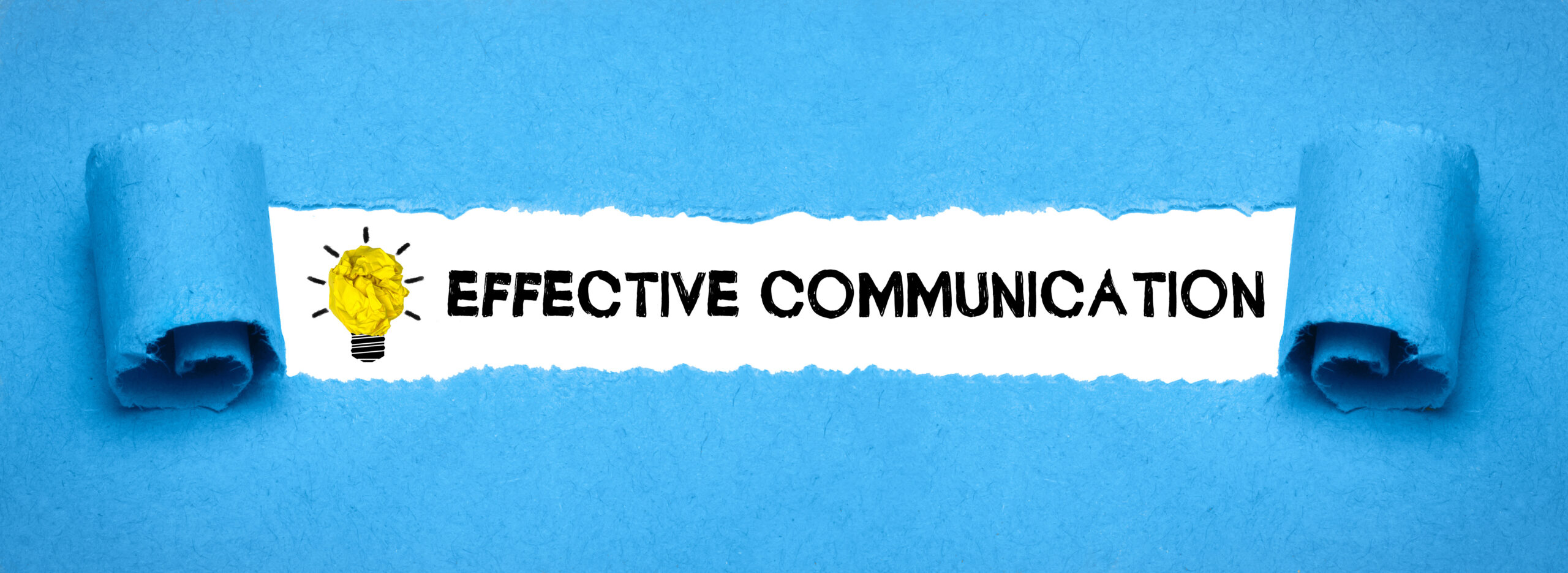Complete Communicator: How to manage key stakeholders
Complete Communicator: How to manage key stakeholders
By Jay Sullivan
On a good day, running a law firm is a juggling act. On a rough day, it’s a goat rodeo, with tons of activity, tremendous energy, and just a bit too much chaos. How do you pay attention to the important relationships that allow your business to thrive? How do you manage the expectations and needs of stakeholders with varied interests and different expectations of responsiveness?
First, it’s important to understand the stakeholders who impact your business. When most people are asked to identify their stakeholders, they usually name their clients and colleagues. That’s it. In fact, stakeholders include anyone who:
- Might benefit from your work
- Might be impacted by your work (positively or negatively)
- Might be a resource
- Could pose a constraint or a challenge
- Has influence over your work
- Needs to be involved or informed about your work.
(Sorry if that definition of “stakeholder” just made your life more difficult.) That means in our goat-rodeo analogy, stakeholders include, among others, the goats, the goat wranglers, the fans in the stands, and the messy floor of the arena. Managing that many competing interests requires both the IQ to have systems in place to manage your work, and the EQ to understand who needs attention at a given moment. For the purposes of this discussion, let’s focus on client stakeholders.
The IQ component
There is no one right way to manage your workload. Everyone has their own time management system for keeping their calendar updated. Know what system works for you, and what resources are at your disposal for making that system work. Don’t be afraid to admit what works for you and what support you need.
Personally, I need a calendar that shows me a month at a time, so I understand the broader level of commitment to travel and client interaction over the course of a few weeks. In addition to seeing what is happening today, I need to see what’s happening today-in-relation-to-the-next-few-days. That means I carry the last paper calendar on the planet, filled out in pencil, so I can see the big picture and adjust as needed. Cross-referencing that with my calendars in Outlook and Salesforce works for me. I have found my equilibrium.
Others prefer one calendar that holds everything. Don’t feel compelled to meet someone else’s standard of what works.
Still others need an assistant who manages the details, and lets the leader know where she needs to be, at what time, and with what agenda. Know thyself and know thy needs and limitations. Get support and don’t apologize for it. Having the right support on the details allows you to meet your stakeholders’ technical needs.
The EQ Component
Understanding what works emotionally for your stakeholders presents the broader challenge. It’s important to consider their status regarding a particular initiative, which requires assessing their vantage point on the topic.
Status:
With regard to any particular initiative, the stakeholder might be a skeptic, a supporter, or a sponsor. It’s in your best interest to understand their perspective, and to strategize a way to either move them forward or neutralize their impact.
A skeptic is wary. They doubt the project will succeed and don’t necessarily understand its importance. They aren’t evil; they just aren’t on your side on this issue, at least not yet.
A supporter likes your idea. (There’s a chance your supporters like all of your ideas, without much reflection on their merits. Think Wrexham Football Club fans.) They’ll advocate for you but that’s about all. They don’t have the clout to make the idea happen.
Sponsors not only like your idea, they’re in a position to marshal and direct the resources to make it a reality.
Think of a particular initiative going on right now. Categorize your stakeholders into their categories of skeptics, supporters, and sponsors. How do you need to work with each to get them on board? The answer depends on their vantage point.
How will they see this situation?
What motivates them?
What issue will be top of mind?
What are the pros and cons for them?
Regarding this initiative, what’s their ideal outcome?
Remember, we’re all basically self-focused. We’re wrapped up in our own issues of the moment. That’s not selfish or Machiavellian; it’s just reality. You, your stakeholders, my stakeholders, and I all have our agendas and needs. Keeping those top of mind helps all of us manage both expectations and outcomes.
If someone is a skeptic, ask yourself why. Is it impacting their own agenda? Their income? Their ego? All are relevant questions. How can you engage them to understand their needs? What can you ask? How can you position your ideas – legitimately—without blowing smoke? Understanding their perspective will help you assuage their doubts, allay their fears, and hopefully, get them on board with your agenda.
Because we are all busy, we forget to pay attention to our supporters. We take for granted that they are in our court. Keeping in touch with their needs, noting their own objectives as they evolve, and responding to their own shifting priorities is important. We can only achieve this level of involvement by reaching out and asking the pertinent questions. Once someone has expressed support for your ideas, the questions you need to ask are more nuanced. The changes in their perspective might be more subtle. Checking in by asking:
“How are things going?”
“How are you feeling about this initiative these days?”
“It’s been great having your support. I don’t want to take that for granted. How can I continue to be helpful to you with regard to this?”
Simple questions that show our support for those who have supported us is essential.
Finally, it’s important to continue to let our sponsors know we value their input. Every current client is a “sponsor.” They have invested in us already, so they have “skin in the game.” But other firms are asking for their support as well and they have only so many resources to spread around. They have lots of options regarding where to share their legal spend. Keeping in touch with them, being responsive to their needs, and letting them know they always get your attention is the best use of your limited time and energy.
In short, managing your stakeholders means prioritizing who gets your attention. Working your relationships with skeptics is planting seeds for the future. Staying connected with supporters is essential for broadening your market share and building deeper relationships. Letting sponsors know they remain your primary priority is essential for success today and in the long run.
![]() Jay Sullivan is a former practicing attorney and a partner at Exec/Comm, LLC, a communications consulting firm. He can be reached at [email protected]. He is the author of ‘Simply Said: Communicating Better at Work & Beyond.
Jay Sullivan is a former practicing attorney and a partner at Exec/Comm, LLC, a communications consulting firm. He can be reached at [email protected]. He is the author of ‘Simply Said: Communicating Better at Work & Beyond.
Share this story, choose a platform
Brought to you by BridgeTower Media
Free Weekly Newsletter
Recommended content
Complete Communicator: Avoid having your assumptions become your convictions
Complete Communicator: Avoid having your assumptions become your convictions By Jay Sullivan As lawyers, we are taught to be discerning, [...]
Six telltale signs for detecting deepfakes
While AI programs like Microsoft's new VASA-1 are generating increasingly lifelike virtual characters, there are methods available to detect manipulated [...]
Cisco warns of large-scale attacks against VPN, SSH services
The "brute force" campaign detected in March attacks security equipment by Cisco, CheckPoint and others with a barrage of usernames [...]
How AI-enabled knowledge management can elevate small and midsize firms
An AI-aided knowledge management initiative can help smaller firms exploit their best work product and collective knowledge, and compete with [...]

